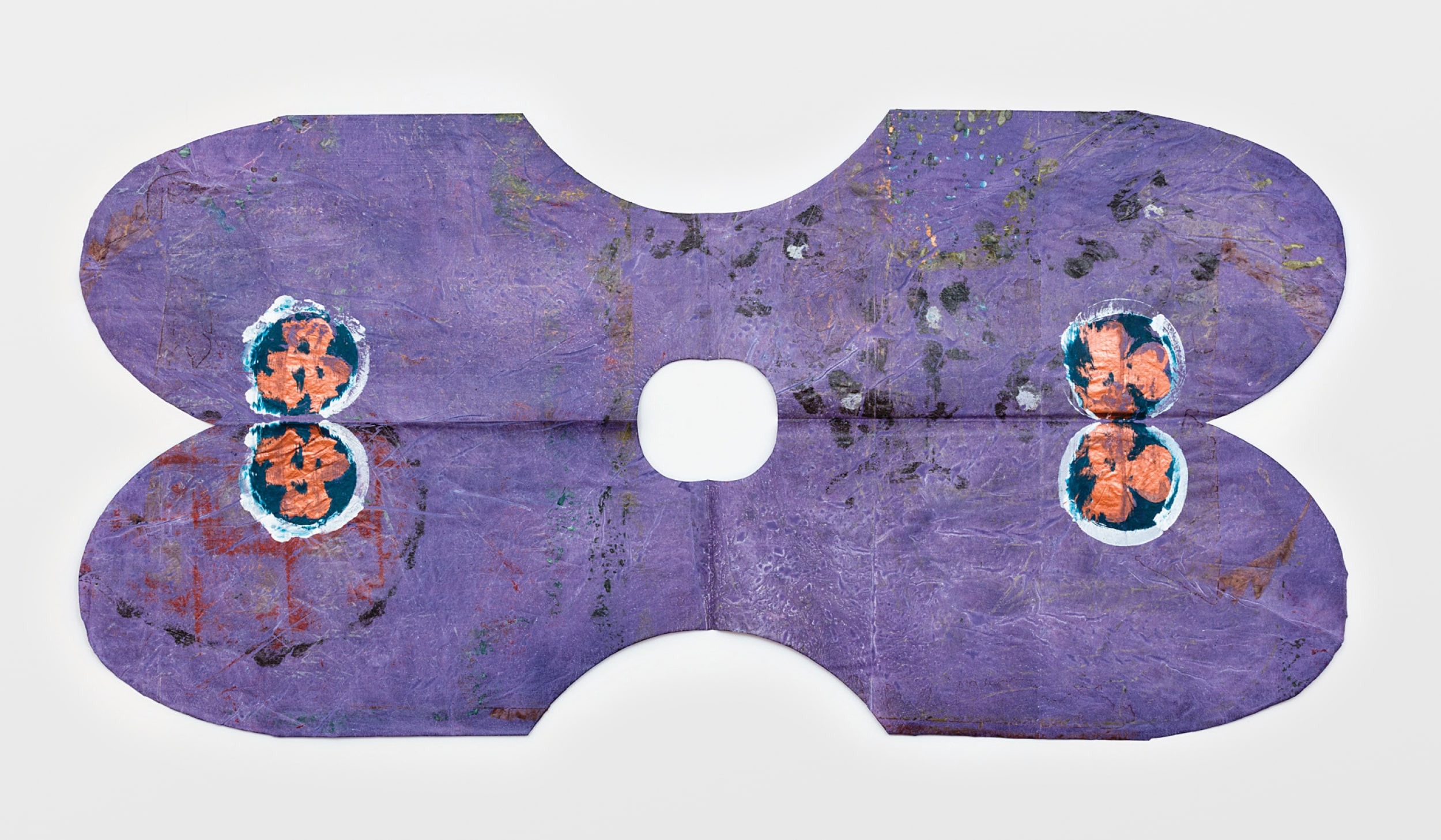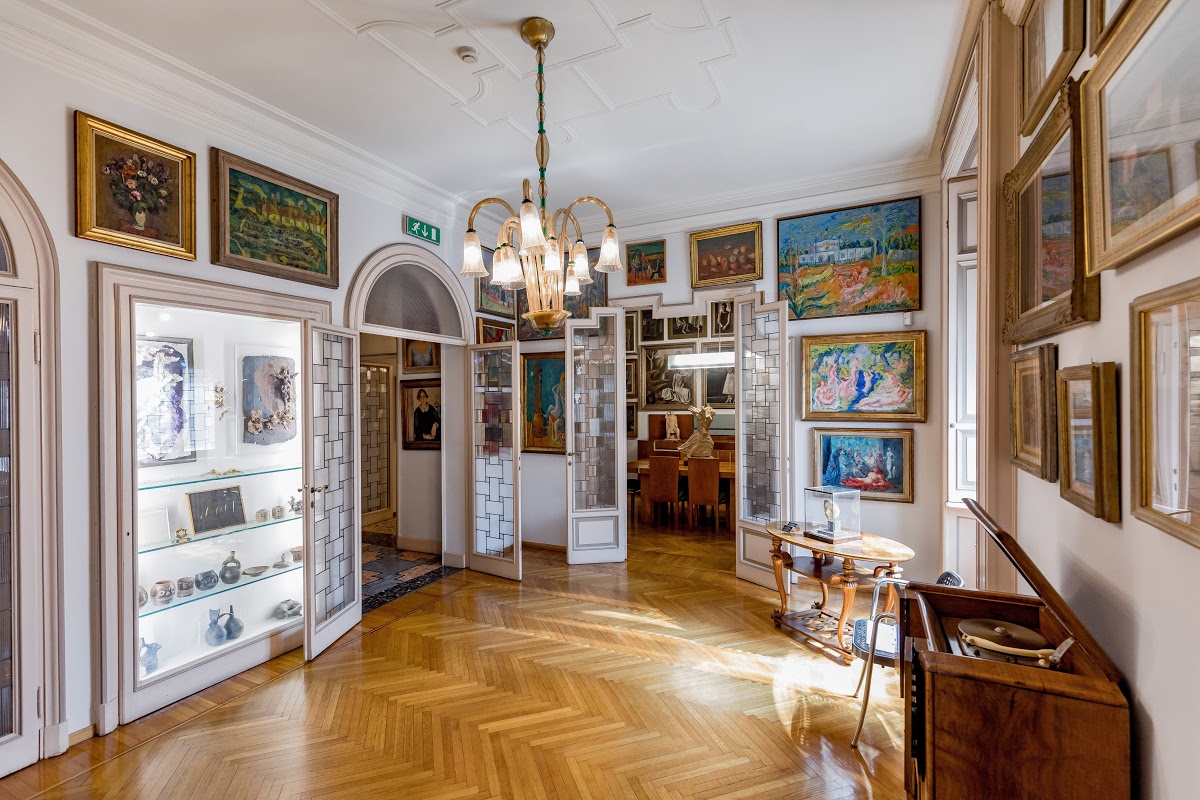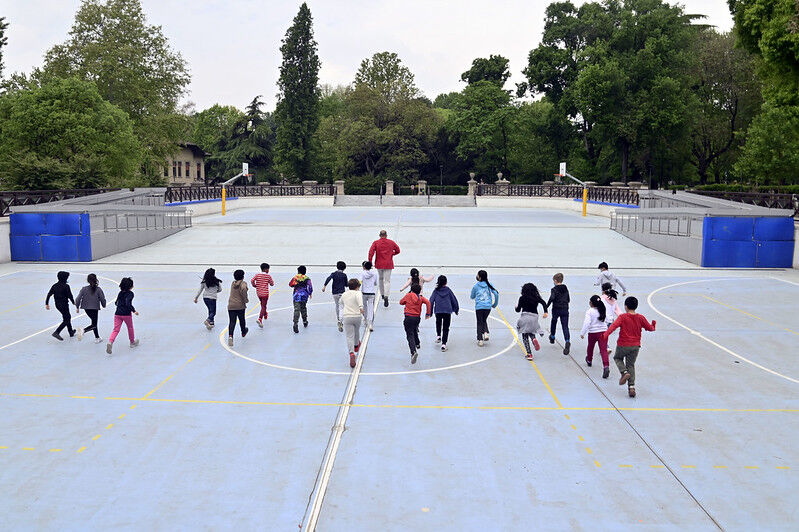Lupo Borgonovo: a lateral thought on Milan
Lupo Borgonovo
During the day I develop drawings and sculptures in the studio, processing images from various collections, while in the evening, I work as a delivery rider around the city. Some days of the week I teach at the European Institute of Design, where I lead a design course linked to improvisation, lateral thinking and the discovery of the city of Milan. My idea of art is realised in the union and overlapping of these three activities: rhythm and movement.

I grew up in the countryside, and I have always felt attracted by the possibilities that Milan offers; today I live there and I see the development and birth of several contemporary art exhibition spaces that give you the opportunity to enjoy important exhibitions in the city.
The thing that interests me most is its urban dimension, through working on my bike I can get to know little-explored areas and neighbourhoods.
Milan is a very suitable city to live and work in, it is large but not dispersed, it is influenced by Central European culture but it is also a meeting point for the most diverse cultures. Over the last few years I have cycled through all the districts of Milan, from the centre to the outskirts, and I have noticed a great change in the city of Milan.
The itinerary I suggest begins with Casa Museo Boschi di Stefano, where there is a beautiful room dedicated to the work of Lucio Fontana as well as ceramics, sculptures and paintings by 20th-century artists. I continue with a visit to the Central Station, with a focus on the bas-reliefs representing the signs of the zodiac in the atrium on the ground floor. The third stop is at the Cimitero Monumentale, to admire the heterogeneity of the sculptures. To conclude, I suggest a visit to Monte Amiata designed by Carlo Aymonino, a utopian residential complex located in a suburban area of the city.

For lunch, I recommend the trattoria San Filippo Neri, with an outdoor pergola, where dishes belonging to the Lombard culinary tradition are served. To enjoy excellent Apulian cuisine you can go to La Giara restaurant, at the beginning of Viale Monza, the atmosphere is domestic and the menu has remained unchanged since the 1970s. Parco Trotter is a small park but rich in history. It was a hippodrome and a school in the vanguard of pedagogical methods, which included outdoor lessons, contact with nature and farm animals. Today it is open to the public and you can spend time watching cricket matches played by Bengali boys.





